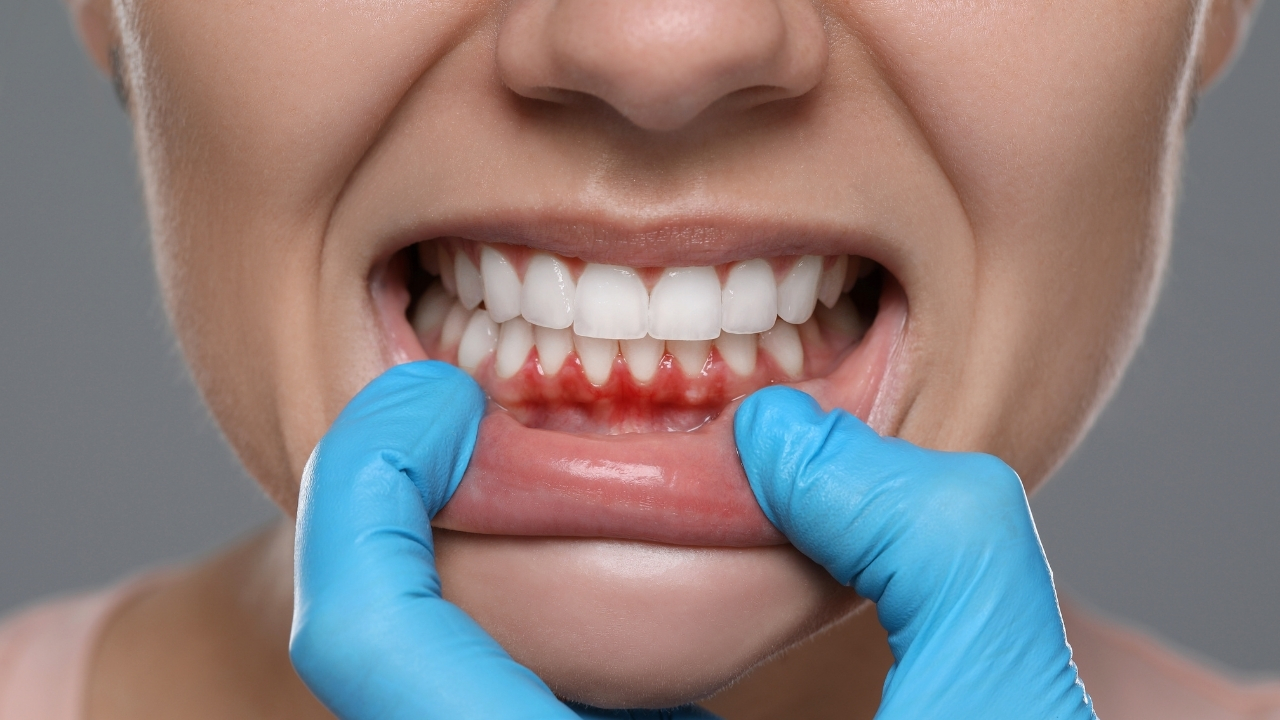Receding gums are more than just a cosmetic concern—they can also signal underlying oral health issues that, if left untreated, may lead to tooth sensitivity, decay, and even tooth loss. One of the most effective treatments for gum recession is gum graft surgery, a well-established dental procedure that restores gum tissue and protects exposed roots.
Understanding the process, benefits, and associated treatments—such as root canal therapy—can help patients make informed decisions about their oral health. If you’re experiencing gum recession or considering related dental work, this guide offers a comprehensive overview of gum graft surgery and discusses considerations like root canal cost in Sydney.
Contents
What Causes Gum Recession?
Gum recession occurs when the gum tissue that surrounds the teeth pulls back, exposing more of the tooth or its root. Common causes include:
- Gum disease (periodontitis)
- Aggressive brushing
- Poor oral hygiene
- Smoking or tobacco use
- Genetic predisposition
- Misaligned bite or teeth grinding (bruxism)
Regardless of the cause, once gum tissue is lost, it doesn’t regenerate on its own. This is where gum grafting becomes a valuable solution.
What Is Gum Graft Surgery?
Gum graft surgery involves taking healthy tissue—usually from the roof of the mouth or a tissue bank—and grafting it onto areas where gums have receded. The procedure aims to cover exposed roots, reduce sensitivity, improve aesthetics, and prevent further gum loss.
There are several types of gum grafts, and the dentist or periodontist will choose the most appropriate method depending on the severity and location of the recession:
- Connective tissue graft: The most common type, where tissue is taken from under the roof of the mouth.
- Free gingival graft: Uses surface tissue from the roof of the mouth, ideal for thickening thinning gums.
- Pedicle graft: Uses tissue from adjacent gum areas, suitable when there’s adequate surrounding tissue.
These grafts are placed over the affected area and stitched into position. Over time, the graft integrates with the existing gum tissue, restoring its appearance and function.
Benefits of Gum Grafting
There are several benefits to undergoing gum graft surgery:
Reduced Tooth Sensitivity
Exposed tooth roots are highly sensitive to temperature and touch. Gum grafting helps cover these roots, significantly reducing discomfort from hot or cold foods and beverages.
Improved Oral Health
Receding gums can leave teeth vulnerable to decay and infection. By covering exposed areas, gum grafts help protect the roots and reduce the risk of further deterioration.
Enhanced Aesthetic Appearance
Recession can make teeth appear longer than normal, which may affect one’s smile. Grafting helps restore a natural gum line, improving overall facial aesthetics and smile symmetry.
Prevention of Further Gum Loss
By reinforcing and thickening gum tissue, grafting can prevent additional recession and stabilise the area for long-term oral health.
Gum Recession and Root Canal Therapy
In some cases, gum recession is accompanied by complications that may require additional procedures such as a root canal. If the exposed root becomes decayed or infected, or if the nerve inside the tooth is damaged due to long-term exposure, a root canal may be necessary to preserve the tooth.
Understanding Root Canal Cost in Sydney
The root canal cost in Sydney can vary depending on several factors:
- The tooth involved (front teeth generally cost less than molars)
- The complexity of the case
- The clinic’s location and the dentist’s experience
- Whether additional procedures, such as crowns, are required
On average, root canal treatment in Sydney ranges from $1,000 to $2,500 per tooth. This may include consultation, X-rays, and the final restoration. While root canals are a separate treatment from gum grafting, they are sometimes performed in combination when tooth decay or nerve damage is present in an area with significant gum loss.
The Procedure: What to Expect
If you are scheduled for gum graft surgery, here’s a general idea of what the process entails:
- Consultation: Your dentist will evaluate your oral health and discuss your goals. Photos and X-rays may be taken.
- Surgical Procedure: The area will be numbed with local anaesthesia. Depending on the graft type, tissue will be harvested or prepared and placed over the receded gum area.
- Healing and Aftercare: You may experience mild swelling, discomfort, or sensitivity for a few days. Follow-up appointments will ensure proper healing.
Most patients can return to work the next day, though strenuous activity should be avoided for a few days. A soft-food diet is usually recommended during the healing period.
How to Prevent Gum Recession from Returning
After gum grafting, maintaining healthy gums is crucial to preserving the results. Here are some practical steps:
- Brush gently with a soft-bristled toothbrush
- Use non-abrasive toothpaste
- Floss daily to remove plaque between teeth
- Avoid tobacco products
- See your dentist regularly for cleanings and check-ups
- Address bite issues or teeth grinding with appropriate treatment (e.g., mouthguards)
Your dentist may also recommend professional cleanings more frequently than the standard six-month interval, especially if you have a history of gum disease.
When to See a Specialist
Not all cases of gum recession require grafting. However, if you notice persistent sensitivity, a change in the appearance of your gum line, or your dentist mentions exposed roots, it may be time to see a periodontist—a dentist specialising in gum health.
Early intervention can help prevent the need for more complex treatments, such as root canals or tooth extraction.
Conclusion
Gum graft surgery is a reliable and effective way to treat receding gums and prevent further oral health complications. Whether your concerns are related to tooth sensitivity, aesthetics, or gum disease, this procedure offers both functional and cosmetic benefits.
In some instances, receding gums may also expose your teeth to conditions that require additional care, such as root canal therapy. Understanding the root canal cost in Sydney and exploring all your treatment options with a qualified dental professional will ensure the best outcome for your oral health.
If you’re experiencing gum recession or looking to restore your smile, consult with a trusted dental clinic that offers personalised care tailored to your needs. Investing in your gum health today could save your teeth—and your confidence—tomorrow.



